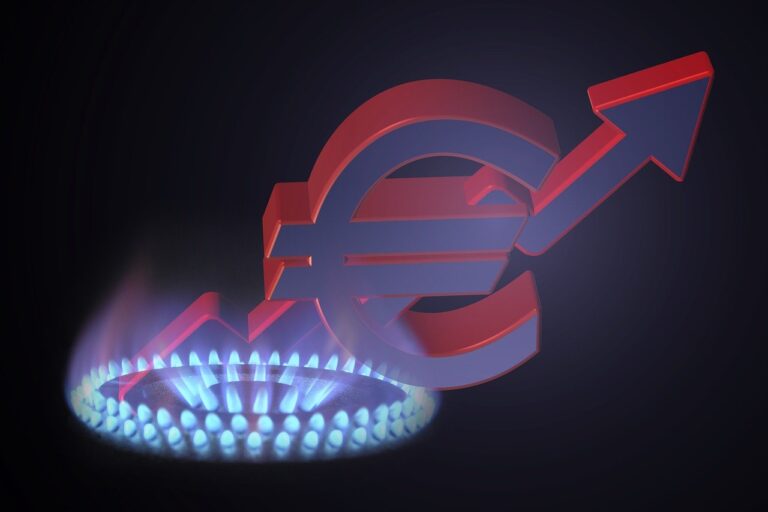The coal and gas industries, the dominant power generation sources worldwide, have faced a tough year. The recent surge in natural gas and coal prices has risen so rapidly in the past year that the two main price benchmarks are now roughly three times higher than they were a year earlier. Experts agree a combination of factors is responsible for the global surge in coal and gas prices. Either way, these price hikes affect consumers directly in their budgets.
The rise in natural gas and coal prices has been driven by various factors, including strong demand, limited supply, seasonal factors, and the Russian-Ukraine war.
Coal is an important source of power generation worldwide. The U.S., which relies on coal for about 40% of electricity generation, burns more than any other country. China burns more than twice as much as the U.S. and accounts for half of global consumption.
Natural gas generates about a quarter of all electricity worldwide, but its use varies widely from country to country. In the U.S., it accounts for almost half of our electricity generation — higher than any other nation except Russia (where it accounts for nearly 80%).
Table of Contents
The reasons coal and gas prices reach record highs:
The war in Ukraine is disrupting the energy trade
Natural gas and coal prices have increased to record highs because of the disruption of trade routes from Russia, which supplies about 30 percent of European gas demand.
Ukraine has been at war with Russian-backed rebels since 2014, and this spring, the conflict escalated when Russian forces launched an invasion of eastern Ukraine. By June, fighting had cut off a major natural gas pipeline that carries gas to Europe from Russia through Ukraine. Supplies were further disrupted by a massive cyberattack on a Ukrainian power plant that took out half of the country’s electricity generation capacity.
The upshot is that while European countries are ramping up their production of renewable energy sources like wind and solar power, they’re also relying more heavily on fossil fuels than ever before — especially coal — to make up for lost supplies from Russia. As a result, coal prices in Europe have risen by nearly 50 percent since the beginning of this year, reaching their highest level in six years, according to Platts (a leading energy information provider).
The European Union turns to alternative LNG suppliers
Faced with depleted inventories, the European Union is turning to alternative suppliers of liquefied natural gas (LNG) and diversifying its sources.
The E.U. has sharply increased its LNG imports in the past few months, with total imports reaching a record high of 6.2 BCM in July 2022. This represents an increase of almost 30% from the previous year.
In particular, the UK and Germany have increased their reliance on LNG in recent months due to disruptions caused by pipeline breakdowns, the Russian-Ukraine war, and maintenance works. The Netherlands also increased its imports significantly after its main supplier became unavailable and was forced to purchase from more expensive ports.
This created spillover effects for other countries. For example, the sharp increase in imports of liquefied natural gas (LNG) into Europe has caused other nations that rely on LNG—particularly developing countries in Asia—to turn to coal.
Less flexibility in supply
The rise in coal and natural gas prices is due to a lack of flexibility in supply.
Another reason the price of coal and natural gas has risen so much is that there is less supply flexibility. With oil, if you want to find more oil, then you can find it. If you want more coal or natural gas, you have to go deep into the ground (or buy it from someone else who did).
This means that when demand for these commodities rises, no other sources are available to meet that demand. So if demand for coal or natural gas increases by 1%, then prices will rise by 1% as well.
Rising demand in China
China is currently the world’s largest consumer of coal and accounts for about half of the global demand for fuel each year. Its appetite for coal has also been increasing over time. Chinese consumption has grown by more than 10 percent annually since 2000 — more than twice as fast as other countries. This is driven partly by its rapid economic growth and rapidly growing population (which has increased by about 20 percent since 2000). China’s economy has slowed down recently due to weaker exports, but it remains an important driver of global demand.
The prospect of rising costs of coal and gas worldwide
The demand for coal and natural gas is increasing rapidly in countries like India, China, and other developing economies. Therefore, as long as the combination of the events above continues, we expect coal and gas prices to rise even further in the future.












